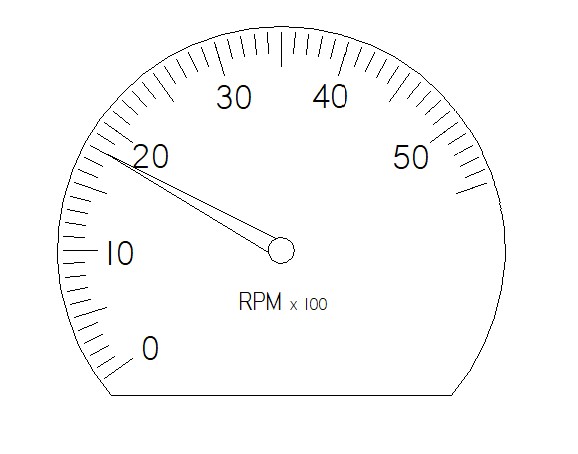About This Lesson
This activity in the classroom uses a standard Carpenter's framing square, many people own they can be purchased for $15? Each student goes to the board and draws an angled line, measures the angle using the framing square tells the class what the Rise and Run are and then all students document the information and calculate the angle in degrees. Then the students use real life pictures to find angles in pitch and calculate the angle degrees. Protractors are available to measure the angles, in degrees, to double check the students calculations. This activity requires the students to enter the data into a chart. Our students seem to need more practice charting data to prepare them for college lab in physics, chemistry, etc.
Note: We encourage the students to use the Carpenter's standard 12 inch on the bottom, ie we set the bottom of the square on the boards tray and line up the 12 inch line on the inside of the framing square then look at the vertical scale and read where the line intersects the Inside of the framing square so if it lines up with the 6 inch mark we say it is a 6:12 pitch. On the framing squares we read inside and inside dimensions or outside and outside dimensions. Of course an individual could line up on any line and use that as our run.
This activity can be used as part of Metrology training.












